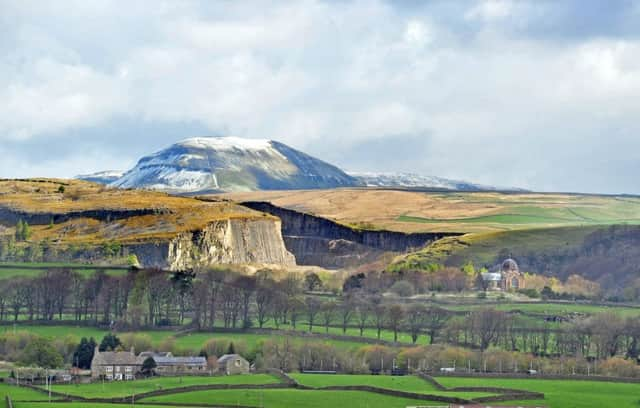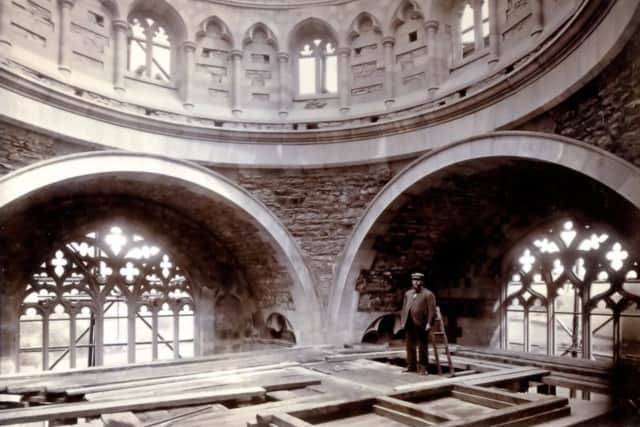Dome of delight, deep in the Dales


But after nearly 120 years, a building that had been conceived as an homage to the Holy Land and a valediction of Victorian England is itself part of the scenery.
The 600-year-old Giggleswick School, nestled in the countryside near Settle, built it to celebrate the Diamond Jubilee of Queen Victoria, and when word reached her at Balmoral of its design, she was said to have been delighted.
Advertisement
Hide AdAdvertisement
Hide AdShe died nine months before it was completed, and a new book on its history reveals that its admirers since have not always boasted the same provenance.


The school’s historian, Barbara Gent, said the dome was so distinctive that Luftwaffe pilots used it as a navigation aid on their way to bomb Liverpool.
Ms Gent pieced together the chapel’s history from original documents relating to the North Craven area that the school had collected.
They reveal that despite a stunning interior boasting wood and stone carvings, glass mosaics by craftsmen who had worked on St Paul’s Cathedral, and an accompanying gatehouse and cricket pavilion, the bill came to only slightly more than £30,000.
Advertisement
Hide AdAdvertisement
Hide AdThe figure included a grand organ from Henry Willis, the leading builder of his generation, who was also responsible for the instruments at Alexandra Palace, the Royal Albert Hall and St Paul’s.
The dome – which was restored to its original copper lustre in the 1990s – cost just £587.
The chapel had been the gift of the Skipton MP and school governor, Walter Morrison, who was also the major funder of the Palestine Exploration Fund.
“Morrison travelled extensively in his youth and noted on a visit to the Holy Land how well domed buildings sat in the rocky and hilly countryside,” Ms Gent said.
Advertisement
Hide AdAdvertisement
Hide AdMorrison was reportedly “minded to build a chapel on the rock above the school”, and having decided that a dome would suit the area, hired Sir Thomas Jackson to design it.
Jackson was the architect whose work defined the Victorian ideal of education. He designed many of Oxford’s landmarks, including the Bridge of Sighs over New College Lane.
The new book was funded by a gift from one of the school’s old boys, John Duxfield, who was there in the early 1950s. He has also set up a fund to help maintain the building, which, he said, was “a fitting tribute to that great benefactor, Walter Morrison, without whose generosity there would be no chapel”.
Mr Duxfield added: “The chapel is an architecturally important building in the wider context, moulded from centuries of architectural and religious tradition, placed with imagination and vision overlooking the cricket pitch, pavilion and gatehouse.”